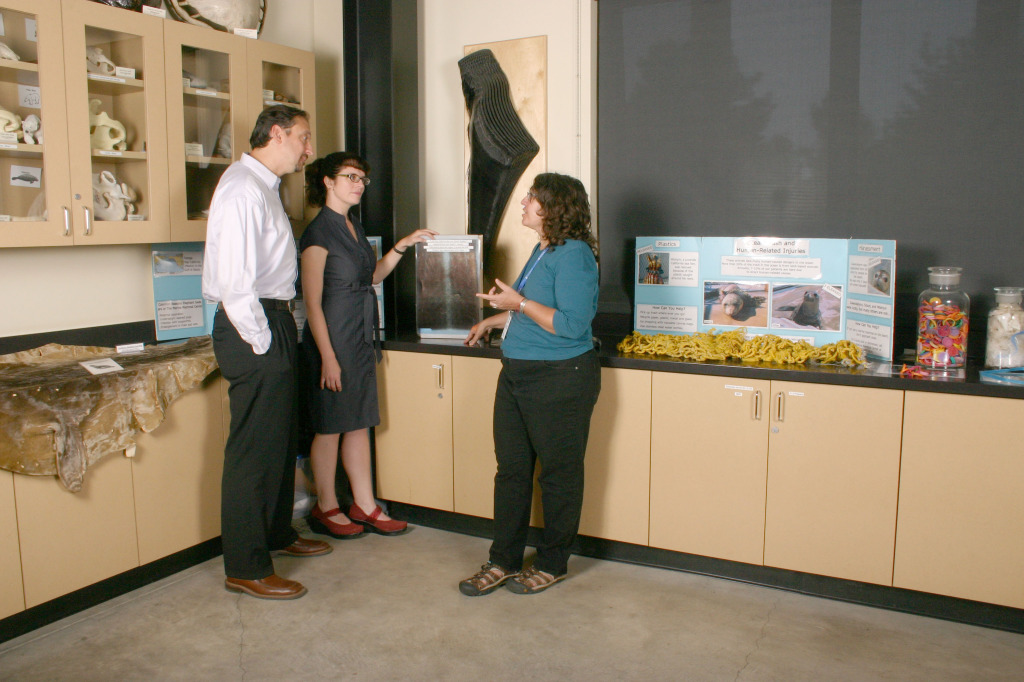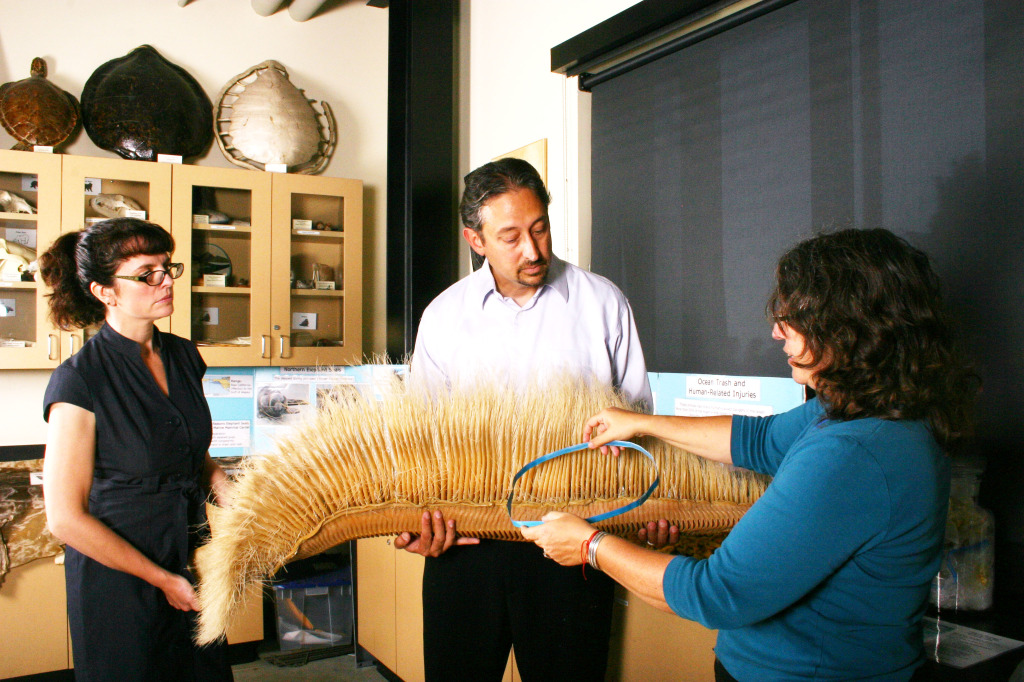Dale Anania, Direct Response Membership Officer, The Marine Mammal Center

Dale Anania shows an x-ray of a marine mammal patient at The Marine Mammal Center’s really cool education room at their hospital in Sausalito, CA.
Dale Anania is a veteran of the nonprofit marketing world, with experience in both direct and email fundraising for The Marine Mammal Center, the Sierra Club, and others.
We worked with Dale and her colleagues at The Marine Mammal Center to change how they talked about their work and how they communicated. We worked with all levels of management to ensure that a culture of experimentation was supported from the Executive Director on down, and that failure as a learning experience was to be embraced. Dale recently described the learning experience as rewarding for both the organization and for her personally:
“Nothing is as satisfying as having the freedom to truly pursue every potential idea and knowing that no matter what anyone thinks of it, if I can prove that it performs I get to keep doing it. That is how a scientifically-led organization like The Marine Mammal Center should do marketing. It’s also great for the bottom line.”
“All levels of the organizations heeded my call when I encouraged them to experiment, to fail, and to pay the most attention to marketing and fundraising tactics that should have worked, but didn’t.” Shabbir continued, “While establishing our prime story vehicles, we would experiment weekly with a new story archetype and know within a few days if it held promise as is, or if we needed to learn something from it and change our tactics. Because of their enthusiasm, we often went through an entire experimental editorial cycle in 7 days which is incredibly nimble in this sector.”
The goal of the project was to build the internal capacity of the organization to experiment, collect its own data, and measure the results. The program continues at the Center today. Dale Anania strongly credits the Center’s year over year success online with the discipline that came from the Cause Stories’ team analytics program. “Their analytical approach fundamentally changed how we fundraise and market. His emphasis on measurement, rapid experimentation and follow up analysis brought us the right mix of risk and reward. We look at only a few metrics, but the ones we study have made a big difference in our bottom line.”

Amazingly, that’s a piece of a whale baleen, and Dale is showing us how plastic packing strap trash gets caught in it. As you know, whales don’t have thumbs, and cannot remove trash from their mouth on their own.
